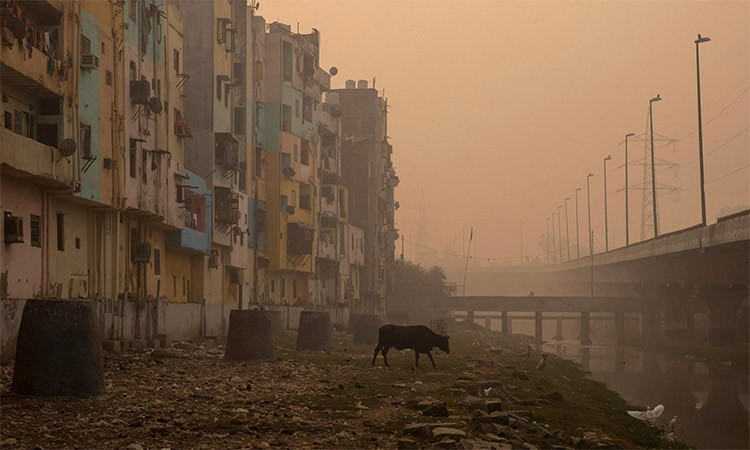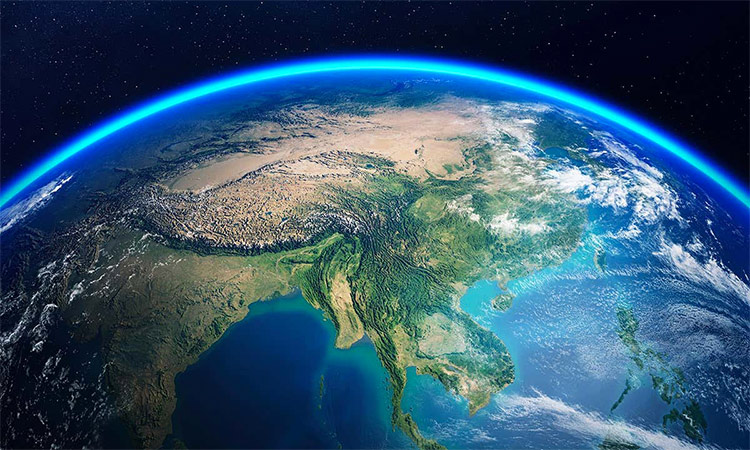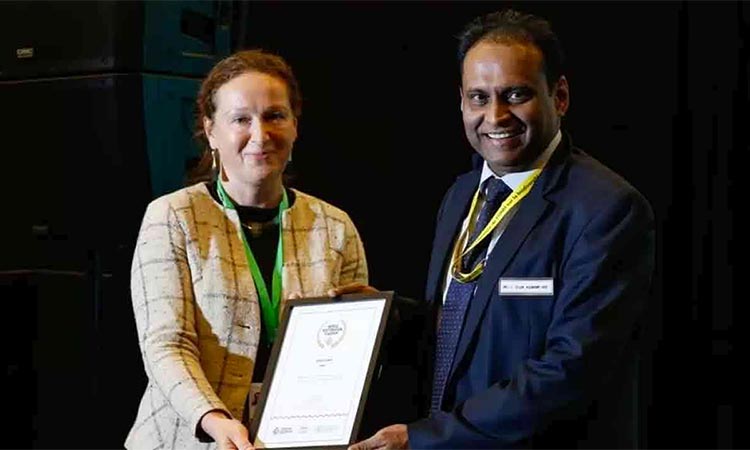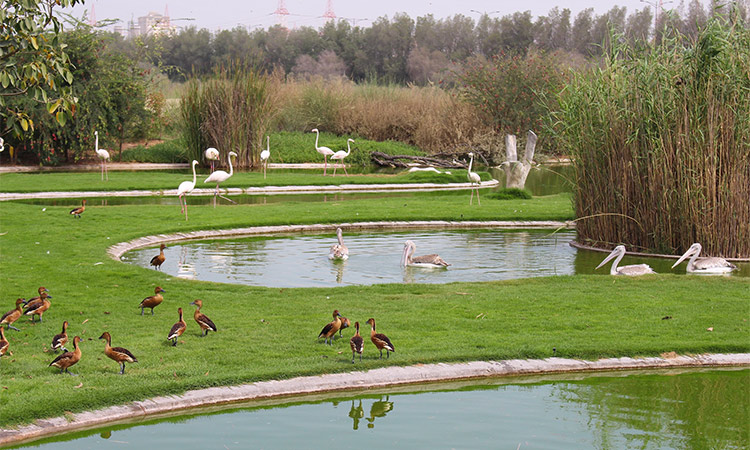Warning signals from warming globe
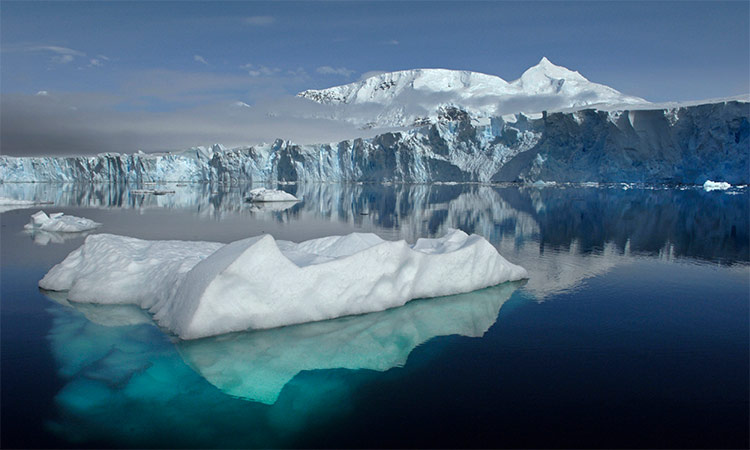
The photo has been used for illustrative purposes.
The earth’s glaciers, snow, permafrost and associated ecosystems, collectively known as the cryosphere, provide drinkable water for half of the world, but as the earth gets warmer, the supply is becoming unpredictable.
The UN’s weather agency, which is monitoring the effects of climate change on water supplies, WMO, and partners, kicked off the High Mountain Summit in Geneva on Tuesday. Mountain environments are seeing changes in flash flooding patterns, retreating mountain glaciers, and changes to seasonal runoff, among others.
As a result of these changes on the world’s peaks, freshwater supplies are being impacted, from mountainsides to urban economies, as recognised by the UN in a recent General Assembly Resolution on Sustainable Mountain Development.
What is worrisome is that species dependent on snow cover are migrating further and further upslope; pastures irrigated by glacial melt are becoming parched; artificial snowmaking is compensating for limited snowfall on the ski slopes; and glacial lake flooding, landslides and avalanches are costing more lives and economic loss.
In the Hindu Kush Himalayan region, floods alone account for one-third of all natural disasters, which are increasing and leaving one billion people at greater risk of exposure.
In a separate but related development, scientists have warned that coastal areas currently home to 300 million people will be vulnerable by 2050 to flooding made worse by climate change, no matter how aggressively humanity curbs carbon emissions.
In the second half of the 21st century and beyond, however, choices made today will determine whether the global coastlines on maps today will remain recognisable to future generations, they have reported in the journal Nature Communications.
It’s frightening to note that more than two-thirds of the populations at risk are in China, Bangladesh, India, Vietnam, Indonesia and Thailand.
In each of several dozen major cities -- including Bangkok, Hong Kong, Shanghai, Taizhou, Surabaya, Dhaka, Mumbai, Ho Chi Minh City and Osaka — millions will find themselves in flood zones. Using a form of artificial intelligence known as neural networks, the new research corrects ground elevation data that has up to now vastly underestimated the extent to which coastal zones are subject to flooding during high tide or major storms.
Climate change has the potential to reshape cities, economies, coastlines and entire global regions within our lifetime, as per lead author and climate Central scientist Scott Kulp.
As the tideline rises higher than the ground people call home, nations will increasingly confront questions about whether, how much and how long coastal defences can protect them.
A special note should be taken of the fact that even a rapid drop today in greenhouse gas emissions will have scant impact on the course of sea level rise in the coming decades.
The implication is that many factors conspire to threaten populations living within a few metres of sea level.
If global warming is capped below two degrees Celsius — the cornerstone goal of the Paris climate treaty — sea level is projected to rise about half a metre by 2100.
At current rates of carbon pollution, however, the increase would be nearly twice as much.
And that is a factor humanity can ignore only at its own peril.
